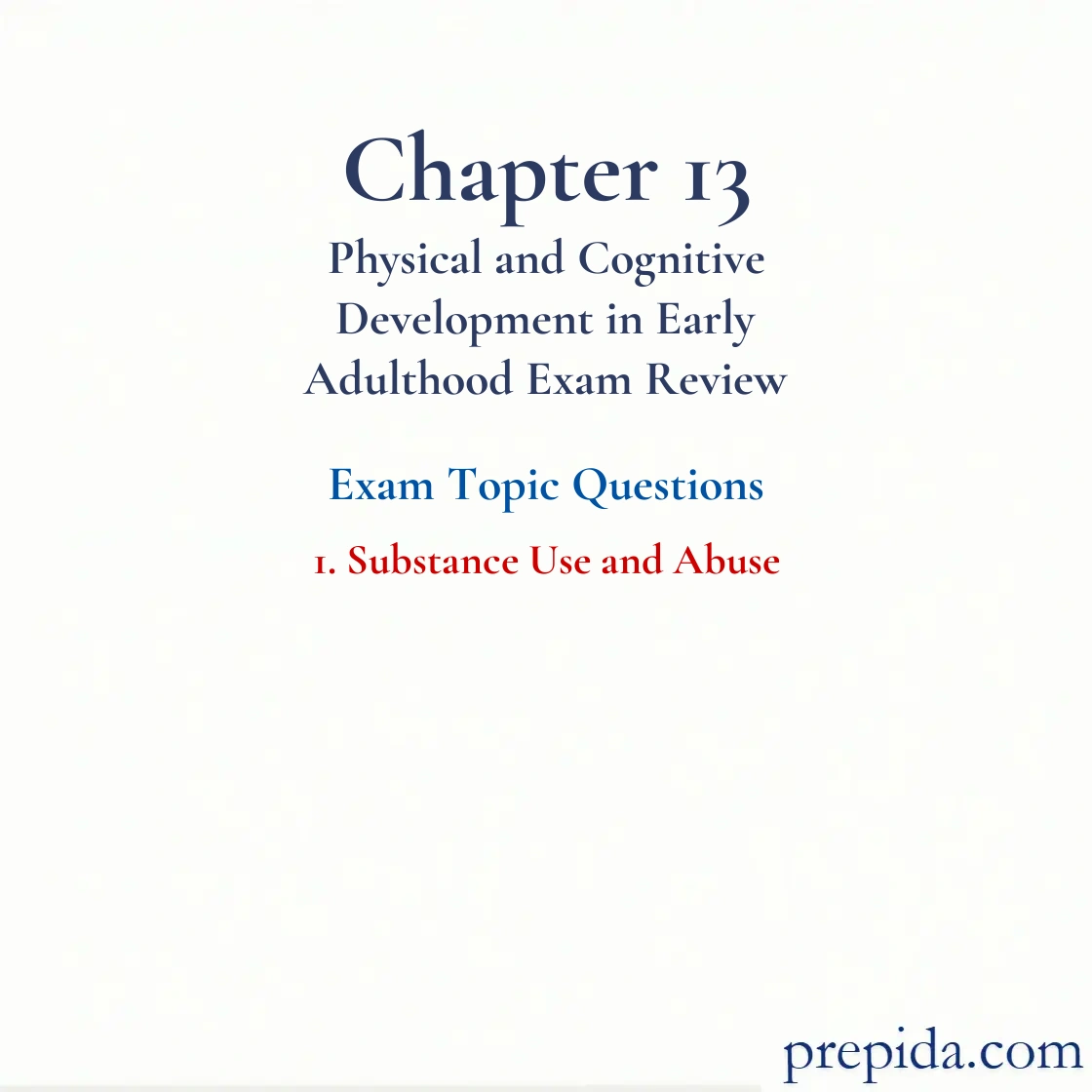
According to a longitudinal study by John Schulenberg and his colleagues, by the time individuals reach their late twenties, ________ the use of alcohol and drugs.
- many would have reduced
- most of them would have increased
- almost all would have ceased
- most of them would have been addicted to
________ refers to a behavior pattern characterized by an overwhelming involvement with a drug and a preoccupation with securing its supply.
- Abuse
- Dependence
- Attachment
- Addiction
Addiction: A pattern of behavior characterized by an overwhelming involvement with using a drug and a preoccupation with securing its supply.
Regular binge drinking can change blood flow, and it can be a precursor for developing ________, which refers to hardening of the arteries.
- hypoplastic left heart syndrome
- atherosclerosis
- arteriosclerosis
- hypertension
Which of the following statements is true about drinking?
- Pregaming is most rare among college students.
- Binge drinking usually peaks at about 28 to 29 years of age.
- Chronic binge drinking is less common among college students who live in fraternity houses.
- Higher levels of alcohol are usually linked with higher rates of sexual assaults and sexual risk taking.
Sexually Transmitted Infections (STIs): Infections that are contracted primarily through sexual contact, including oral-genital and anal-genital contact.
Which of the following describes extreme binge drinking?
- about eight drinks a week
- about five drinks a week
- ten or more drinks in a row
- eight or more drinks in a row
Binge Eating Disorder (BED): Involves frequent binge eating but without compensatory behavior like the purging that characterizes bulimics.
Kendra has a few shots of vodka before going out to attend her annual college party. Kendra has engaged in
- boot and rally.
- high-risk drinking.
- extreme binge drinking.
- pregaming.
Bargaining: Kübler-Ross’ third stage of dying, in which the dying person develops the hope that death can somehow be postponed.
Which of the following statements is true of binge drinking?
- Extreme binge drinking describes individuals who had five or more drinks in a row in the last 1 week.
- Chronic binge drinking is common among college men, especially those who live in fraternity houses.
- Overall levels of binge drinking among college students in the United States have risen in recent years.
- Studies show that college students who binge-drink rarely miss classes, contrary to general perception.
Which of the following statements is true about alcoholism?
- There is an absence of any genetic influence on alcoholism.
- Family studies reveal a low frequency of alcoholism in the first-degree relatives of alcoholics.
- One in nine individuals who drink will develop alcoholism.
- Research indicates that about two-thirds of alcoholics recover regardless of them ever being in a treatment program.
Addiction: A pattern of behavior characterized by an overwhelming involvement with using a drug and a preoccupation with securing its supply.
Higher levels of alcohol use have been consistently linked to
- having sex with contraception.
- committing sexual assaults.
- avoiding casual sex.
- refraining from sexual risk taking.
Rape: Forcible sexual intercourse with a person who does not consent to it.
Orthodox Jews and Mormons have especially low rates of alcohol use, underscoring the
- environment's role in alcoholism.
- role of genes in alcoholism.
- fact that alcoholism is largely inherited.
- fact that cultural variations do not impact alcoholism.
There is a "one-third rule'' for alcoholism: By age 65, one-third are dead or in terrible shape, one-third are abstinent or drinking socially, and one-third are
- holding out against treatment.
- still trying to beat their addiction.
- resigned to alcoholism.
- hopeless about recovery.
Addiction: A pattern of behavior characterized by an overwhelming involvement with using a drug and a preoccupation with securing its supply.
Which of the following is true about cigarette smoking?
- Children of smokers are at special risk of developing several health problems, including asthma.
- More people smoke today than in the past.
- A small percentage of all living adults who have ever smoked have quit.
- Most adult smokers are unwilling to quit because they are unaware of the dangers of cigarette smoking.